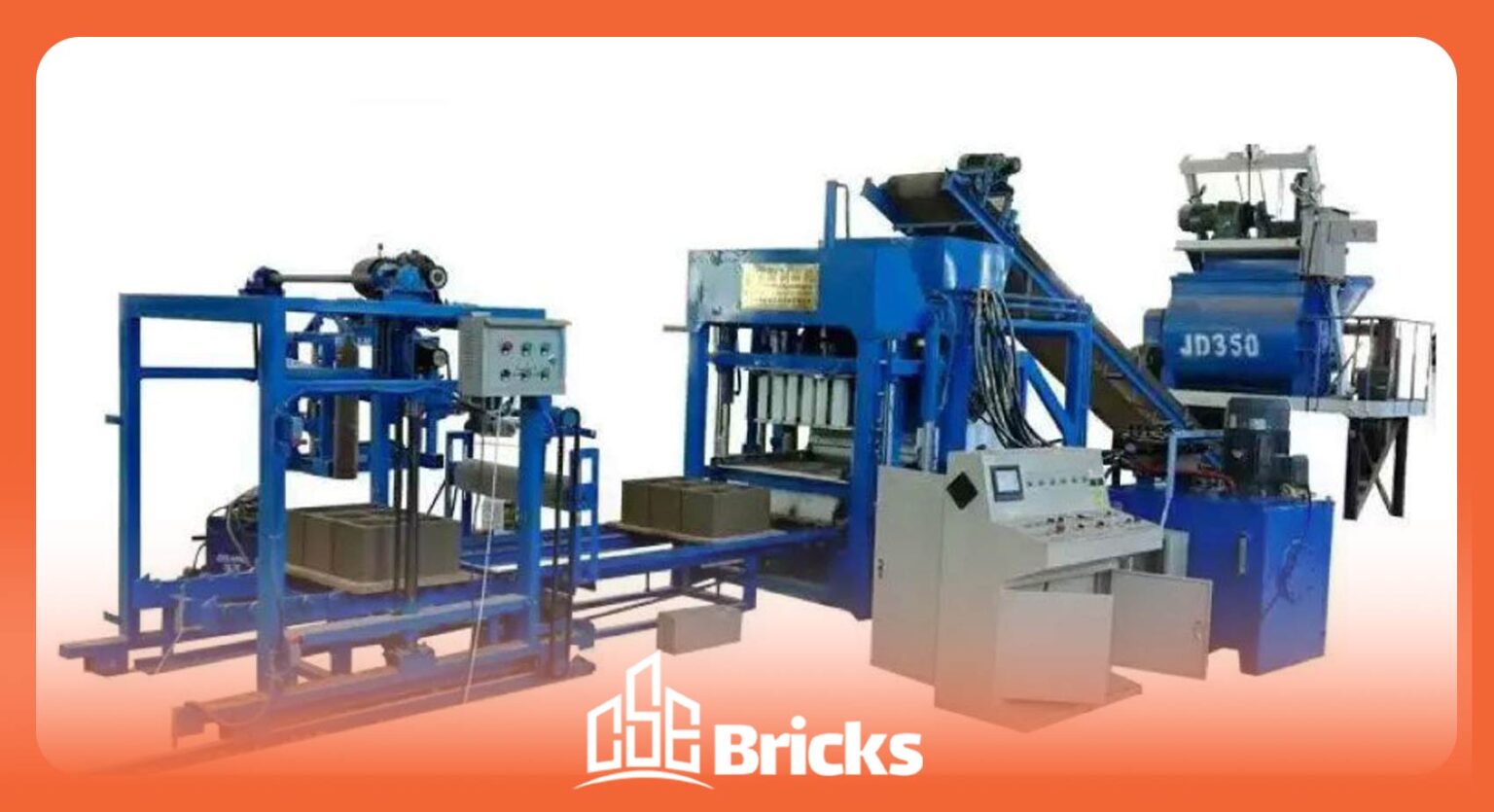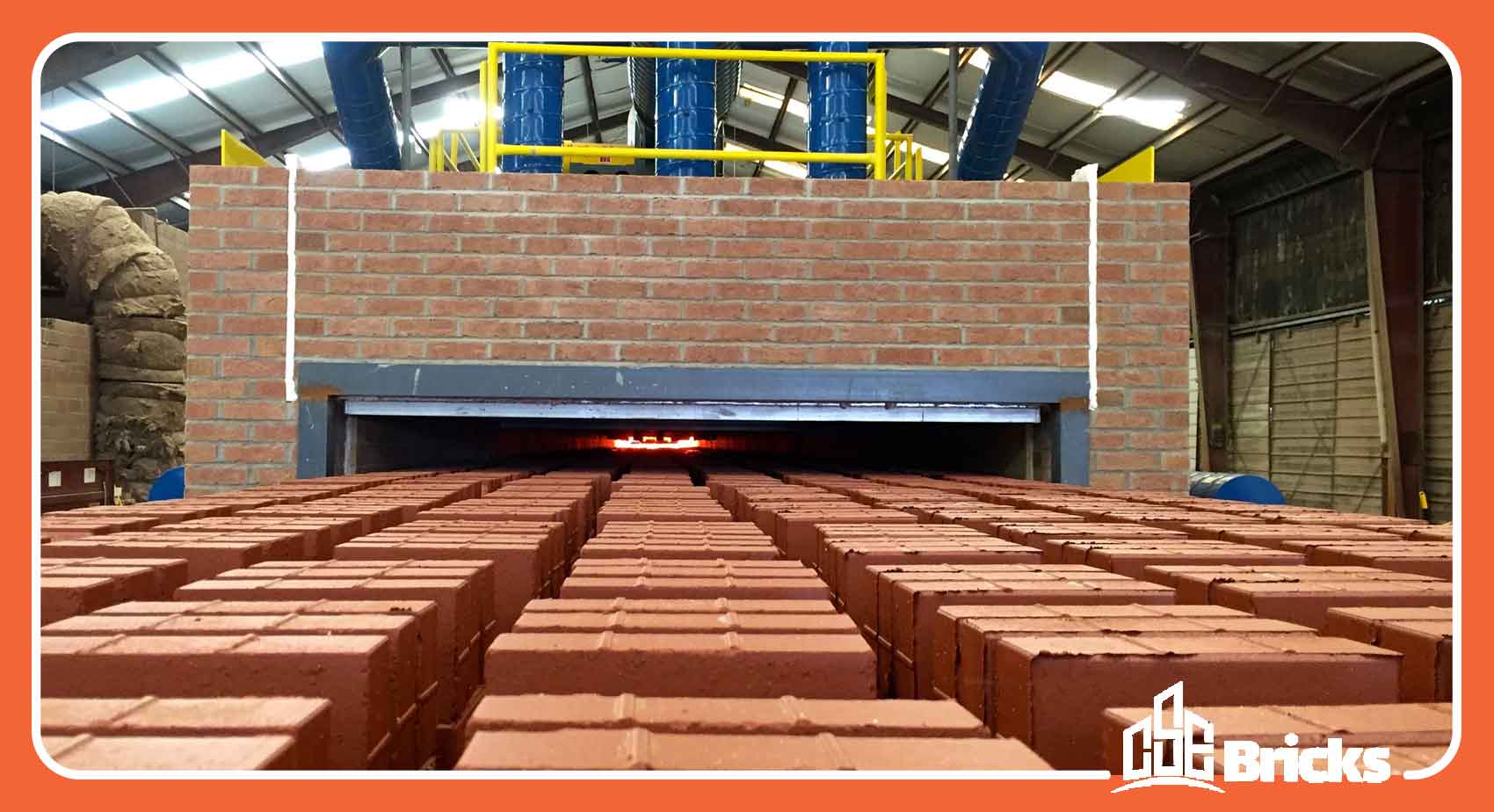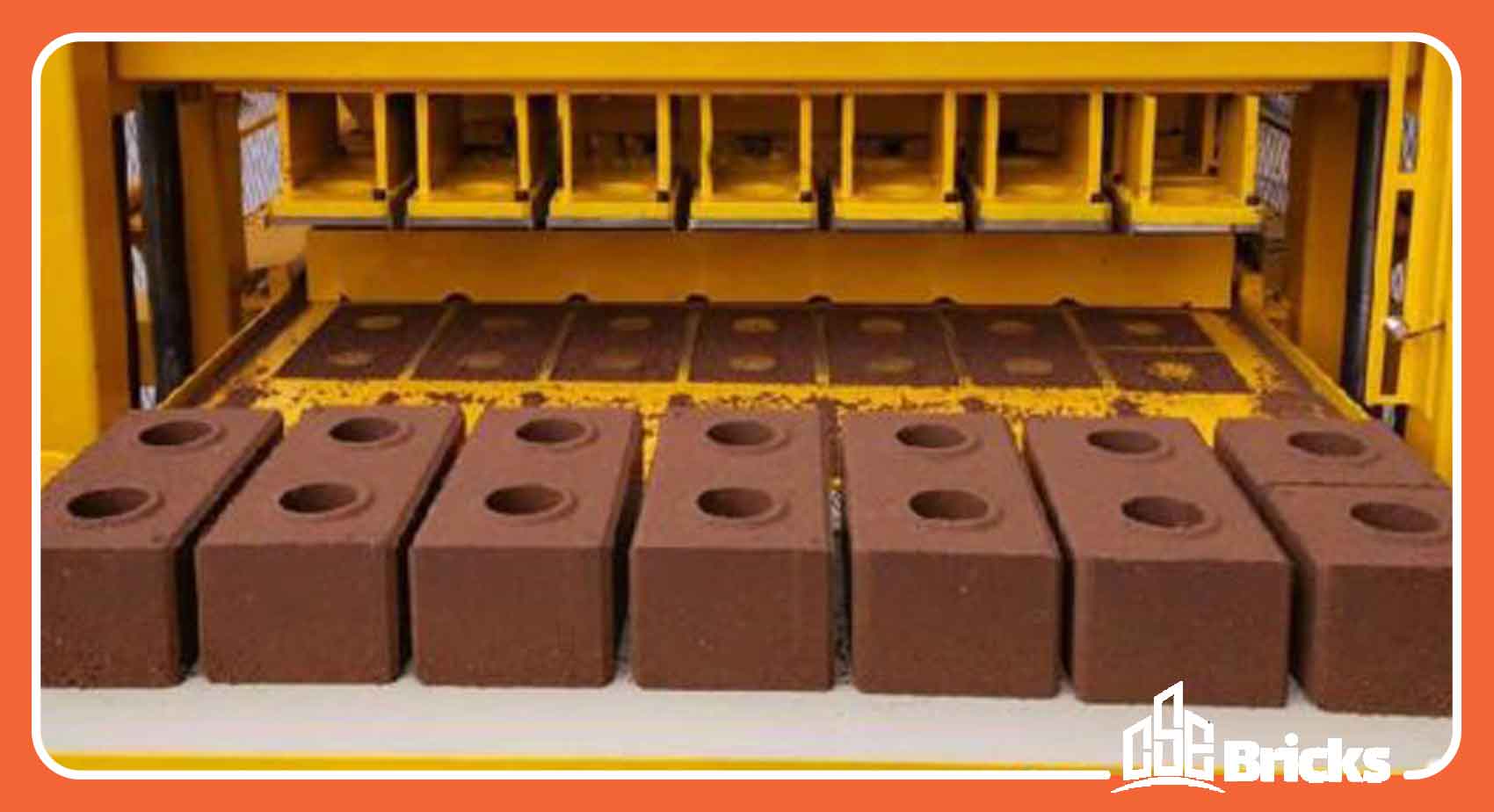Blog
Types of Brick Making Machines

Types of Brick Making Machines
Introduction and Production Line Overview
Bricks are used in various fields. In fact, bricks have different applications in construction depending on their material and dimensions; including flooring, partition walls, foundations, building facades, and interior decoration. The price of these bricks also depends on the raw materials and the method of production. Next, you’ll become familiar with the different types of brick-making machines.
Pressed Brick or Gray Brick Production Machine
Clay is the main component used in pressed bricks and gray bricks. Pressed bricks can be produced using several different methods, including traditional methods and automatic pressed brick production machines.
-
Traditional Method
In the traditional method of producing pressed bricks or gray bricks, which is now obsolete, all stages of brick production were done manually using human labor.
-
Pressed Brick Production Line
In this method, all stages such as preparing the clay mixture, molding, transferring to silos, drying, and firing are performed automatically by the pressed brick production line. New pressed brick production machines can produce bricks without the need for a kiln. The prices of various types of pressed brick production machines vary in the market.
If you need further assistance or want to make the best choice among different pressed brick production machines, you can contact the consultants at csebrick.com for expert advice.
Lefton Brick Making Machine
Lefton brick, also known as the 10-hole brick, is one of the most widely used bricks in construction. Today, with the focus on producing high-quality bricks, the strength and durability of Lefton bricks have become essential criteria in brick selection.
The Lefton brick making machine allows producers to manufacture Lefton bricks without the need for a kiln. After the bricks are produced by the two-mold Lefton brick machine, they no longer require firing in a kiln. Instead, with a curing process that takes between 8 to 18 hours, the bricks achieve the desired strength.
Facade Brick Making Machine
This bricks are one of the most commonly used bricks for building facades.
Facade bricks are lighter in weight compared to regular bricks. They are often available in a variety of colors to suit different preferences and tastes.
Facade bricks are categorized based on their unique features, and include:
- Facade Bricksfire
- Plaque Facade Bricks
- Rustic Facade Bricks
- Woven Facade Bricks
- Louvered Facade Bricks
- Glazed Facade Bricks
- Refractory Facade Bricks
Refractory facade bricks are among the most popular and widely used types of facade bricks.
Various types of facade brick making machines are now available on the market. These machines produce facade bricks automatically without the need for human intervention. The csebrick.com team has made the production of facade bricks easier for manufacturers by developing interlocking brick machines that do not require kilns or firing.
For information on the cost of setting up a refractory brick production line and the prices of different facade brick making machines, you can contact our sales consultants.
Cement Brick Making Machine
Cement bricks have been used in construction for many years. The composition of cement bricks includes sand, aggregates (usually limestone), and Portland cement. Cement bricks are produced using two different methods:
-
Traditional Method:
In the traditional method, the raw materials are molded and dried using various techniques.
-
Modern Method:
In the modern method, cement bricks are produced using a cement brick making machine. The entire process of making cement bricks is automated by different types of cement brick making machines. The prices of various cement brick making machines in the market vary depending on the type of machine.
Refractory Brick Production Line
The first stage of making refractory bricks involves mixing and placing the materials to homogenize the components and particles. The second stage is molding, followed by the final stages of drying and pressing the bricks using a refractory brick making machine. Refractory bricks need to spend a specific amount of time drying.
By purchasing one of the various types of refractory brick making machines, you can set up your own refractory brick production factory.
Interlocking Brick Making Machine
These bricks and blocks are construction materials available in two models on the market: regular bricks and refractory bricks (although the production technique is not the same as refractory bricks, they have significant heat resistance and are thermal insulators). Interlocking bricks are available in various colors and designs and are known as interlocking or Lego bricks due to their resemblance and the way they fit together.
Having two holes in these bricks allows equipment to pass through them without the need for the architect or builder to demolish the wall.
Having two holes in these bricks allows equipment to pass through them without the need for the architect or builder to demolish the wall.
Some of the applications of interlocking bricks in construction include wall construction (such as garden and villa walls), landscaping, building fireplaces, and building facades (due to their aesthetic appeal and variety of colors). Building a house with interlocking bricks is cost-effective, as it uses interlocking brick adhesive instead of mortar.
Interlocking bricks are considered to have stronger thermal and sound insulation compared to other bricks available in the market, making them an excellent choice for energy efficiency and environmental compatibility.
Interlocking Brick Production Line
blocks and Interlocking bricks are building materials available in two models on the market: regular bricks and refractory bricks (although the production technique is not the same as refractory bricks, they have significant heat resistance and are thermal insulators). Interlocking bricks come in various colors and designs. Due to their resemblance and the way they fit together like a puzzle, they are known as interlocking bricks or Lego bricks. The presence of two holes in these bricks allows equipment to pass through without the need for the architect or builder to demolish the wall.
We have reviewed various types of brick-making machines in this article. From your perspective, which production line do you think would be more profitable to set up?







